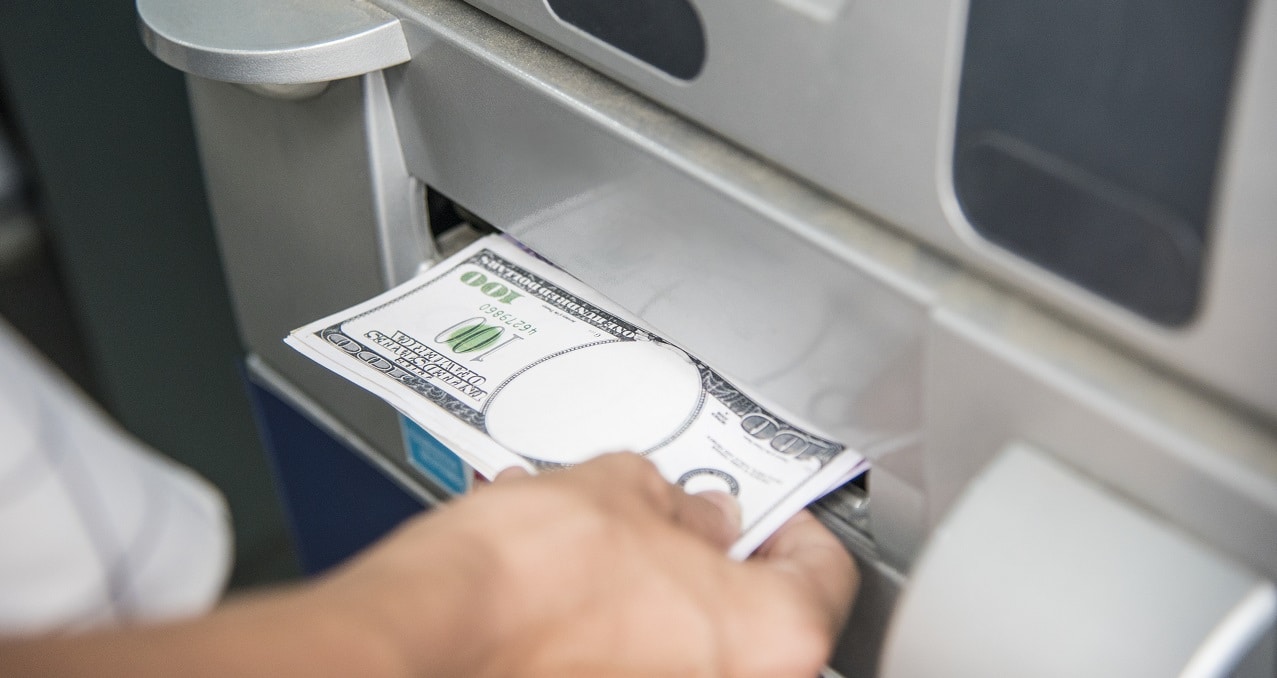According to PwC, around 77% of financial services companies are likely to increase their focus on internal efforts towards innovation. Many organizations have come to the realization that they must embrace FinTech’s disruptive nature. Below are various areas where financial organizations are integrating technology into operations to enhance the customer’s journey.
Online Banking
Some decades ago, banking was done in a non-virtual world. Individuals were forced to visit their nearest bank branches to deposit, withdraw, or transfer funds from one account to the other. Today, however, most of these banking aspects revolve around the digital world. Each day, most banking premises are becoming redundant. People are turning to online banking for their daily financial transactions. Technology has been integrated into banking systems to ensure that most of the banking services are available through the internet. Various websites have been developed, which enables the user to switch between banks and carry out banking operations via the internet. An example is finance.co.uk, which allows the user to switch between banks and to compare various credit cards. Today, one can use their computers, phones, and tablets to access their bank accounts at any time. This has significantly disrupted the banking sector.
The Forex Market
Technology has also been disrupting the foreign exchange markets. Today, trading is done exclusively online and involves multiple platforms. Before computers were developed, trading was a mortar and brick affair that no one thought would ever change. With technology, however, it is common to see traders depending on mobile trading platforms for most of their activities. Today, mobile trading tools, systems, and applications have been widely accepted in the market. Generally, the forex market has become more vibrant and liberal due to technology. Several forex demo accounts have been developed to enable traders to experience forex trading with the use of virtual money instead of real money.
Fraud Detection And Prevention
A few years ago, the identification and prevention of fraud used to be an equal effort between machine and man. Systems were used to detect possible fraudulent transactions but would be up to trained staff to find fraud and to determine if there were fraudulent activities in the account. Today, however, technology has enabled developers to come up with dozens of systems that are capable of detecting and preventing fraud. This includes biometric systems, among others, all of which have made the financial world to be more secure. Also, with technology, it is easier to track and recover assets that were acquired via fraudulent ways. This has been achieved via analytic and forensic methods. The rate at which technology has been advancing is much higher than the crime rate, which is ensuring a more credible and safer financial sector. More systems that depend on the blockchain are still being developed, giving this field much potential. Technology has therefore transformed the financial sector through fraud detection and prevention.
Customer Services
Most customer services are at the core of financial institutions. In banks, insurance companies, as well as other financial institutions, activities revolve around the customers. This includes receiving and responding to customer’s queries. Several years ago, customer services involved human to human interaction where a customer could present their queries to support team in person. Today, however, the digital workforce is replacing certain aspects of human services. For instance, smartphones, computers, and tablets are being used in handling customer services. Bots and other systems are slowly replacing humans in the providence of customer services. Due to technology, customer service has been enhanced. Customer queries are now being responded to faster, efficiently, and more accurately. Also, it is saving financial institutions a lot of money since machines’ resources are much cheaper than the human workforce. The banking and finance sectors are some of the many areas that have been greatly impacted by technology. Technology has helped in online banking, forex trading, fraud detection and prevention, and customer services. Even though there are several technologies that are still controversial, the future of the banking and finance sector firmly depends on technology.
